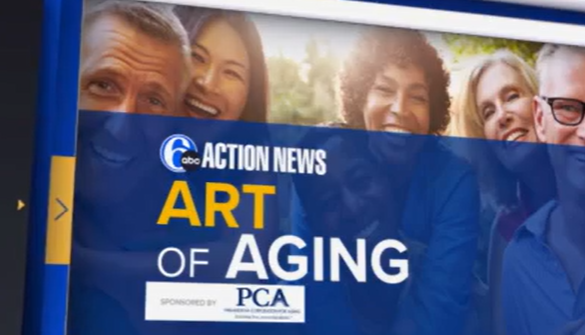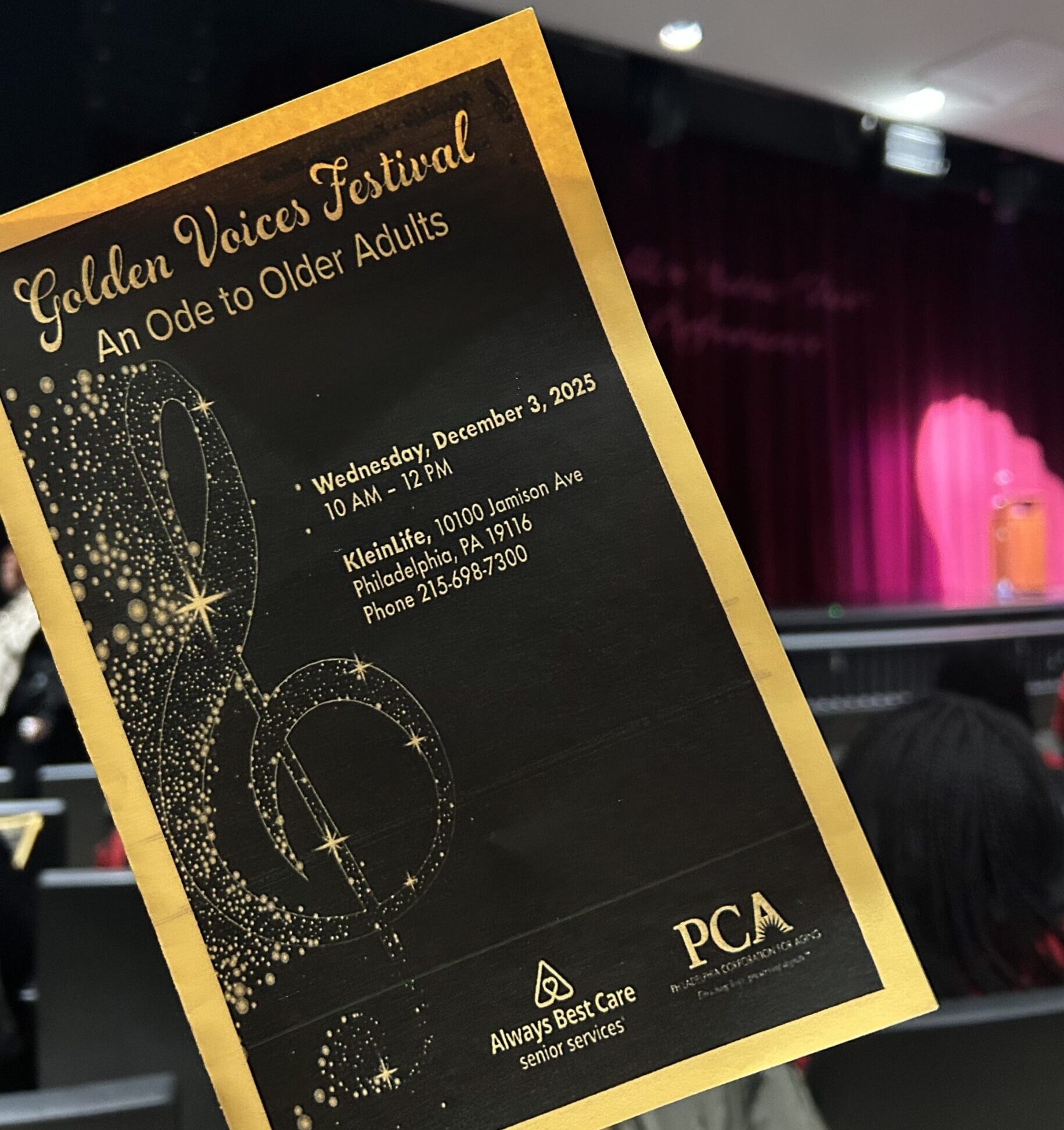The reality of aging: Myths vs. Facts
Aging is a natural part of life. Yet, it’s often misunderstood. False beliefs about older adults continue to shape how aging is viewed. Ageism permeates daily conversations, the news and even workplace decisions. These myths can cause unfair treatment, limit opportunities and create harmful stereotypes. This narrative fails to show the full reality of growing older.
Let’s break down some of the most common myths of aging.
Myth: Aging means becoming weak and frail.
Fact: Physical decline is not inevitable. Many older adults maintain strong bodies and active lifestyles well into their 70s, 80s and beyond. Regular exercise, healthy eating and preventive care can all help preserve strength and mobility. While changes in the body do happen with age, staying active and engaged can slow or reduce the impact.
Myth: Older adults can’t learn new things.
Fact: The ability to learn continues throughout life. Learning new skills or hobbies can improve memory and brain function. Many older adults learn new languages, take online courses, start new careers or explore creative arts for the first time. Learning is not limited by age. It is only limited by opportunity and access.
Myth: Everyone becomes forgetful as they get older.
Fact: Some mild changes in memory are normal with age. But significant memory loss is not. Serious cognitive decline is not a guaranteed part of aging. Many older adults remain sharp and mentally active. It’s important to separate natural age-related changes from medical conditions. Alzheimer’s disease and other forms of dementia are not a normal part of aging.
Myth: Older people are a burden on society.
Fact: Older adults make vital contributions every day. Many continue to work, volunteer, care give and share knowledge with others. Their economic and social contributions are often undervalued. These contributions – from caregiving and mentoring to leadership and civic engagement – are essential.
Myth: Older adults are lonely and unhappy.
Fact: Happiness is not limited to youth. Studies show that life satisfaction can increase with age. Social isolation can affect some older adults. But many report high levels of happiness. Older adults often have deeper relationships and better emotional regulation. They also have a stronger sense of meaning and purpose.
Myth: Creativity fades with age.
Fact: Creativity doesn’t have an expiration date. Many artists, writers, musicians and innovators do some of their best work later in life. Older adults often find new outlets for creativity as they age. These can include painting, woodworking, gardening or storytelling.
Why it matters
Believing these myths doesn’t just shape how we treat older adults. It shapes how we view our future. Ageism can lead to lower self-esteem, poorer health and missed opportunities. By dispelling myths, we can build a more inclusive and respectful society for people of all ages.
The truth is simple: Aging is not a problem to solve. It’s a lifelong process to embrace — with new stages, skills and possibilities waiting at every age.
Sarah Greer is the communications manager at Philadelphia Corporation for Aging (PCA).




